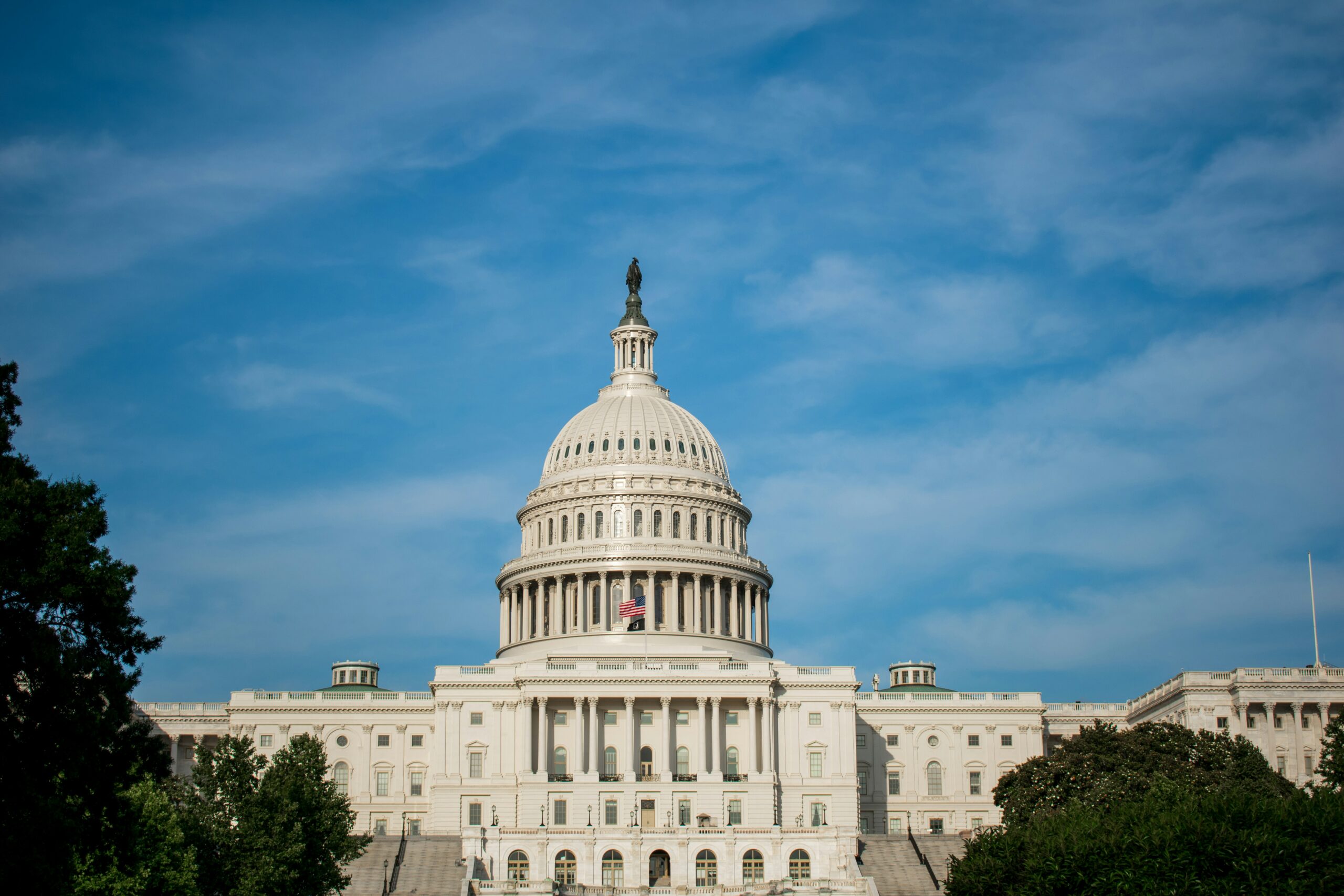Every new administration brings the opportunity to reimagine how we deliver healthcare in America. Having worked within the Veterans Health Administration and Health and Human Services, I’ve seen firsthand both the strengths and deep challenges of our system.
There’s no doubt that the U.S. is facing a healthcare crisis—rising costs, disparities in access, and chronic disease burdens continue to impact millions. As policy shifts take shape, we must ask: What kind of healthcare system do we truly want for our future?
Now is the time to advocate for integrative, patient-centered solutions that improve outcomes and make healthcare more accessible and effective. In my field of acupuncture and integrative medicine, we see how holistic approaches can bridge gaps in care, reduce dependency on pharmaceuticals, and support long-term well-being.
Below are five policy changes that I would like to see implemented.
1. Pass H.R. 3133: Acupuncture for Our Seniors Act
The Issue: Seniors under Medicare have limited access to acupuncture, despite its proven effectiveness for pain management, neuropathy, arthritis, and post-surgical recovery. Currently, licensed acupuncturist are not recognized as healthcare providers under Medicare and Medicaid. Patients can submit claims to Medicare only for chronic low back pain, and only receive coverage for services when provided by an MD or other non-acupuncturist provider.
Policy Recommendation:
✔ Pass H.R. 3133 (Acupuncture for Our Seniors Act) to officially recognize licensed acupuncturists as Medicare providers.
✔ Expand Medicare coverage for acupuncture beyond chronic low back pain to include arthritis, migraines, post-stroke recovery, and chronic disease management.
✔ Reduce opioid dependency among seniors by making acupuncture a first-line treatment for pain relief.
Impact:
By passing H.R. 3133, more seniors will gain access to safe and effective pain management options without relying on opioids. Acupuncture will become a widely recognized medical service, strengthening the profession and improving healthcare equityacross communities. Additionally, Medicare costs will decrease as patients use fewer prescription drugs and require fewer hospital visits.
2. Expand Insurance Coverage for Acupuncture & Integrative Medicine
The Issue: Acupuncture is clinically proven for pain management, fertility, anxiety, digestive disorders, and more. Yet, insurance coverage remains inconsistent and limited, forcing many patients to pay out of pocket.
Policy Recommendation:
✔ Mandate licensed acupuncturists provide care under Medicare, Medicaid, and private insurance for chronic pain, mental health, post-surgical recovery, and women’s health.
✔ Increase insurance reimbursement rates to meet the financial strains of healthcare providers, inflation costs, and fair wages.
✔ Expand FSA & HSA eligibility to cover acupuncture and herbal medicine.
✔ Support Medicaid reimbursement for acupuncture, particularly for pain relief, to reduce opioid dependence in underserved communities.
Impact: This would reduce opioid use and pharmaceutical dependences, lower long-term healthcare costs, and provide affordable alternatives for chronic conditions. Additionally, this would increase the likelihood of integrating acupuncture and Chinese medicine in hospital settings who have difficulty offering these services due to the lack of profitability.
3. Integrative Medicine in Veterans Affairs & Federal Healthcare
The Issue: The Veterans Health Administration (VHA) has piloted acupuncture programs for PTSD, chronic pain, and traumatic brain injuries—but these programs are not widely accessible.
Policy Recommendation:
✔ Expand acupuncture access through licensed acupuncturist within the VA system, making it a standard offering in pain clinics, PTSD treatment centers, and long COVID programs.
✔ Provide licensed acupuncturists the opportunity to work along VA doctors and healthcare providers to better integrate patient-centered care into veteran services.
✔ Increase research funding for acupuncture and herbal medicine within the National Institutes of Health (NIH) and Department of Veterans Affairs.
Impact: This would improve veteran healthcare outcomes, lower opioid dependency, and reduce healthcare spending on chronic conditions.
4. Preventative Healthcare Through Integrative Medicine
The Issue: The U.S. healthcare system prioritizes treating disease rather than preventing it. Yet, conditions like anxiety/depression, gastrointestinal issues, hypertension, autoimmune conditions, and reproductive health can be prevented or managed holistically before requiring expensive medical interventions.
Policy Recommendation:
✔ Develop Preventative Healthcare Reimbursement Programs that cover acupuncture, dietary therapy, and herbal medicine for stress management, metabolic health, and immune support.
✔ Incentivize employers to offer acupuncture and integrative healthcare benefits as part of workplace wellness programs.
✔ Expand hospitals and federally funded community clinics that integrate Chinese medicine with primary care.
Impact: This would lower healthcare spending in the long term, reduce chronic disease rates, and promote whole-body wellness.
5. Improve Accessibility & Training for Integrative Medicine Practitioners
The Issue: Many healthcare professionals lack training in integrative medicine, leading to missed opportunities for patient-centered care.
Policy Recommendation:
✔ Require all health professionals practicing acupuncture to gain certification from NCCAOM the authority of Chinese medicine in the United States.
✔ Require basic acupuncture and integrative medicine training in medical schools, nursing programs, and public health curricula so proper referrals and patient-centered outcomes can occur.
✔ Provide federal grants for interdisciplinary research between acupuncturists, MDs, and public health experts
Impact: This would create better collaboration between Eastern and Western medicine, improve patient outcomes, and broaden access to integrative medicine.
Final Thoughts
Acupuncture isn’t just a complementary treatment—it’s a proven whole system of medicine that should be a core part of the US healthcare system. The new administration has a unique opportunity to redefine healthcare by incorporating acupuncture, herbal medicine, and integrative treatments into mainstream care. These policies would reduce costs, improve patient outcomes, and expand access to evidence-based integrative medicine.
Let’s make acupuncture and Chinese medicine a core part of U.S. healthcare policy. The future of medicine is integrative, accessible, and patient-centered—will our leaders take action?



0 Comments